Introduction
The lifecycle of Leica M cameras has led us to expect a Monochrom at the end of the line, and we have had it, the surprising and outstanding M10-M which was released in January this year. So, we’ve had the wonderful M10, the premium M10-P, the minimalist M10-D, and the 40mp M10-M; now we have to wait for the announcement of the M11. Right?
Wrong!
It doesn’t require sixth sense to understand that if Leica can make a 40MP monochrome sensor, then they can make a colour sensor at that resolution as well. And, of course, they have done it. So let’s welcome the M10-R. Or should we really welcome it? Let’s face it, the 24 MP of the Leica M10 is really quite enough for almost any photographic project, be it a brochure or a billboard.
CLICK ON IMAGES TO ENLARGE AND VIEW SLIDESHOW
I’m going to have a look at whether the extra resolution is worth it, and also at differences in character and performance between the existing M10 sensor (in all the other colour M10 variant cameras) and the new sensor, and there really are differences.
The Camera
The camera itself looks like the original M10, it has none of the M10-P engravings and it has a normal red dot rather than the screw. Indeed, it is only the sensor which has changed. However, the motherboard, buffer, processor, menus and the rest are identical to the M10-P.
Leica have already maxed out the buffer size for the processor, so there isn’t a larger buffer, and of course the larger files mean that the camera is a little slower processing, and that the buffer is effectively smaller. Having said this, I never lost a shot, and I’m not seeing many complaints from M10-M users about the speed.
The Shutter
The shutter is the quiet version from the M10-P which has been extremely popular with many people.
In common with some fashion and portrait photographers, I prefer the slightly louder M10 shutter as I like my subjects to know when I’ve taken a picture, it makes a good way to control the flow of a shoot.
The perfect situation would be a ‘normal’ shutter sound like the M10 with the option of a silent electronic shutter, but I understand that the read-out speed of the M10 sensor is too slow for this.
I’ve shot wedding ceremonies from close up with the original M10 and never disturbed anyone with the noise. My preference is for the sound of the quieter shutter, but it does impose limitations on shooting which the original M10 did not.
The Resolution
The exchange is that you get more resolution and a different sensor in return for a moderate decrease in shot-to-shot speed and buffer depth. Is it worth it? Absolutely Yes! That was certainly my first response, and after nearly a year with the camera it still is.
Maybe a little explanation is needed. I have been really happy with 24MP, it seemed to me to be the sweet spot (and I know I’m not alone); quite enough for a sensible amount of cropping, big enough for decent-sized prints, fast processing and reasonable storage requirements.
Testing the Q2 slightly modified my opinion. It was great to get the higher resolution for the crop factors, but, hey, I didn’t want an APS-C or µ43 Leica. I like full frame! I think that this is why, in the final analysis, I decided not to buy a Q or a Q2 – lovely to have a compact, full frame 28 mm camera, but the crop factors were not so attractive and I often like to shoot at 50 and 75 mm.
Using the SL2 and the M10-R really has convinced me of the value of extra resolution. It’s nice to have it for printing, it’s also nice to have it for cropping (if you need to); it also encourages you to default to a slightly wider angle lens, in the knowledge that, in real need, you can crop it later on. I tend to carry one less lens in my bag as a result of it. It’s also wonderful for landscapes, with lots of detail.
The M10-R was used with the following lenses:
- Apo-Summicron-M f2 50 mm
- Apo-Summicron-M f2 75 mm
- Macro Elmarit-R f2.8 60 mm
- Noctilux-M f/1.2 Noctilux 50 mm (thanks for the loan – you know who you are!)
- Summaron-M f/5.6 28 mm (modern version)
- Summicron-M f/2 28 mm Asph
- Summilux-M f/1.4 28 mm Asph
- Summilux-M f/1.4 35 mm Asph
- Summilux-M f/1.4 50 mm Asph
- Wide-Angle Tri-Elmar-M (WATE) 16/18/21 mm Asph
All worked really well with the camera and I have seen no evidence of them being challenged by the extra resolution.
Vignetting
Rather like the M10-M, the M10-R shows more vignetting than previous digital M cameras. But when shooting portraits (or still life or close up) wide open this can be a positive advantage. And, if you’re shooting landscapes, you will probably have stopped down enough to make the vignetting insignificant.
It seems to be more noticeable with wide-angle lenses (as you would expect). If it’s undesirable, then it’s easy to fix in post processing, but with the risk of creating more noise in the corners.
Sean Reid (reidreviews.com) is going to look at this in more detail with specific lenses if it’s something likely to cause you concern.
High ISO
I’ve done a lot of ISO comparisons between the M10 and the M10-R. This is made more complicated by the difference in resolution, making it hard to do a proper comparison. My feeling is that looking at the M10-R files at 100% the noise is roughly equivalent to the M10 at 100%, considering the difference in resolution. I think that probably works out at a 1 stop improvement. It’s also worth mentioning that the noise on the M10-R feels more organic and less regular.
But then the high ISO on the M10 is pretty good, and you might expect that increasing the resolution would make the noise worse rather than better. So, this is a real improvement for the new sensor and I’ve been quite happy to shoot at 12,500 ISO
Dynamic Range
The base ISO for the M10 was not 100 ISO, but something like 160 ISO. There is also an issue with ugly roll-off on over exposed areas. This is worse at 100 ISO (pull). I wrote about this here.
Leica changed the base ISO for Auto ISO to 200 and this was rather a masterful move. It meant that people wouldn’t accidentally get ‘blown’ highlights, whilst still allowing use of 100 ISO where it was appropriate. My feeling is that, however good this was, you still have to be very careful of losing information in highlights with the 24MP M10 sensor at any ISO.
The base ISO for the M10-R actually is 100, but, more to the point, for the M10-R Leica have completely solved the problem with over-exposed highlights. With the M10, even a quarter of a stop of overexposure would irredeemably blow highlights. In the same scene with the M10-R I’ve managed to gain good detail from an image over-exposed by 2 stops.
At first sight, the files from the M10-R may look a little flatter than those from the M10 straight out of the camera, but they are much nicer to work with in post processing, and there seems to be more scope for pulling detail out of the shadows as well as the headroom with the highlights.
Whether the M10-R actually has more dynamic range will probably be established in a DXO report. But from a practical photographic point of view the files are a real step forward and much easier to post process.
Conclusion
So, It’s an M10 with a bigger sensor, a quieter shutter and an effectively smaller buffer in a discreet ‘no frills’ body. Put like that, it doesn’t sound too exciting.
However, the sensor in the M10-R isn’t just bigger, it’s much better than the sensor in all the other colour M10 variants. It has better high ISO, more dynamic range, nicer noise characteristics and the RAW files are much nicer to work with in post processing. In practice, the slightly slower shot-to-shot times and smaller buffer didn’t cause me any problems (and experiences with the M10-M suggests that it doesn’t cause problems for others either).
Generally speaking, I get the first iteration of each new M camera and miss out the P and M variants. So far, that’s happened (although I still rather hanker after an M10-D). This time it’s different, and I’m saving up my pennies to grab myself an M10-R as soon as they start shipping.
This is a real photographer’s camera – in my opinion, it has the best image quality of any M camera ever made, and it’s a pleasure to use. It’s hard to see how Leica can really improve on it without making radical changes in the M11. We shall have to see!



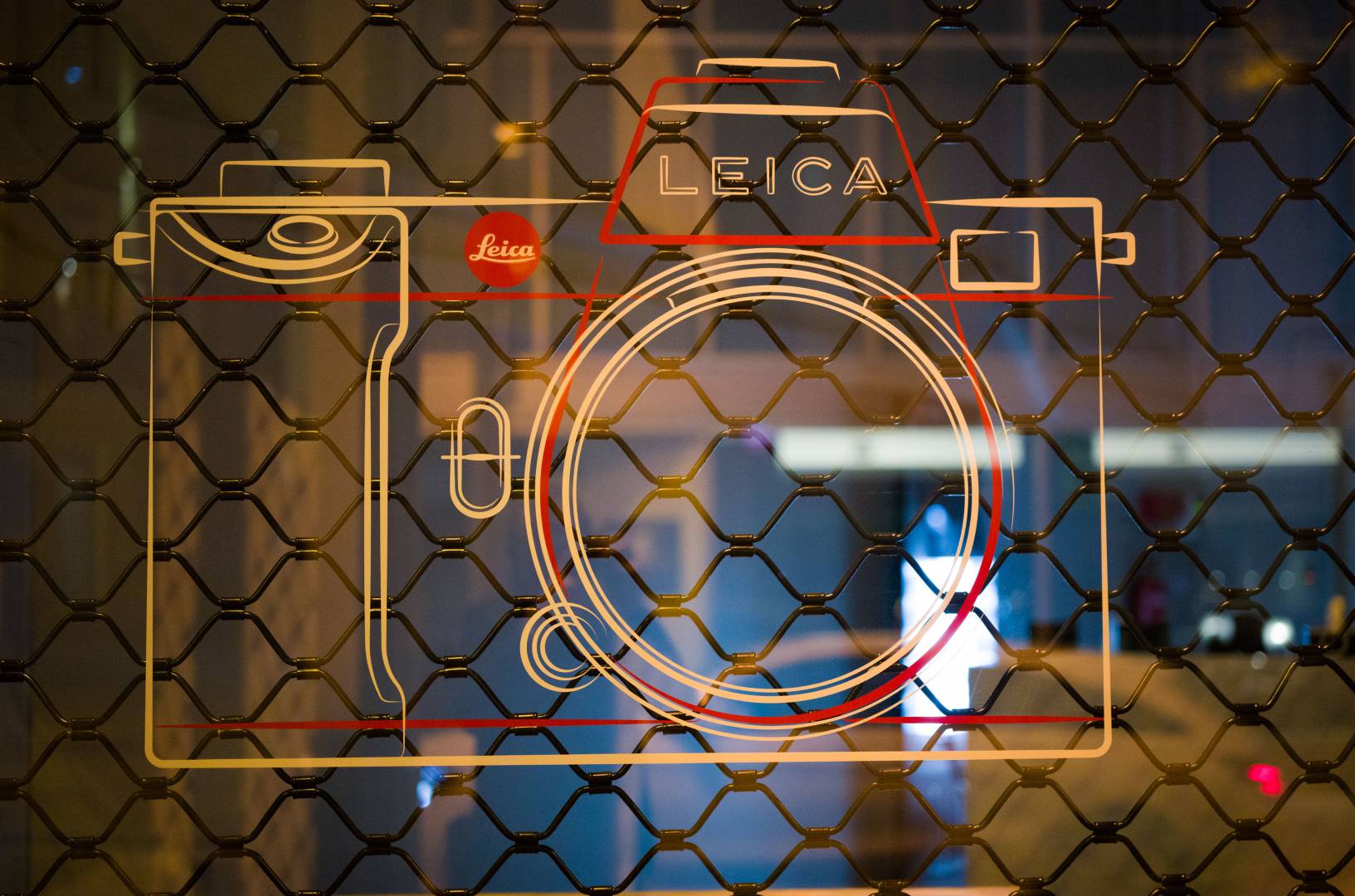
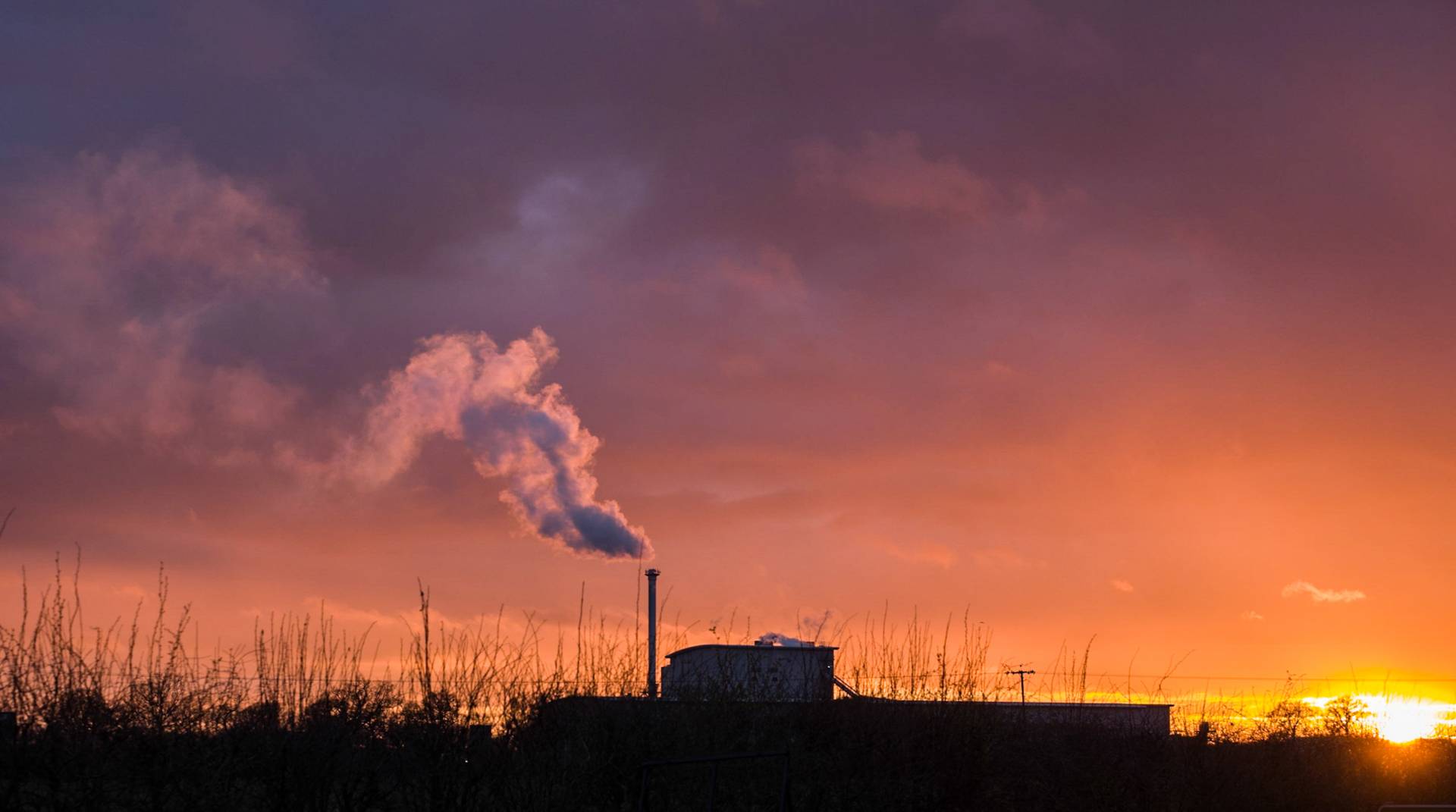
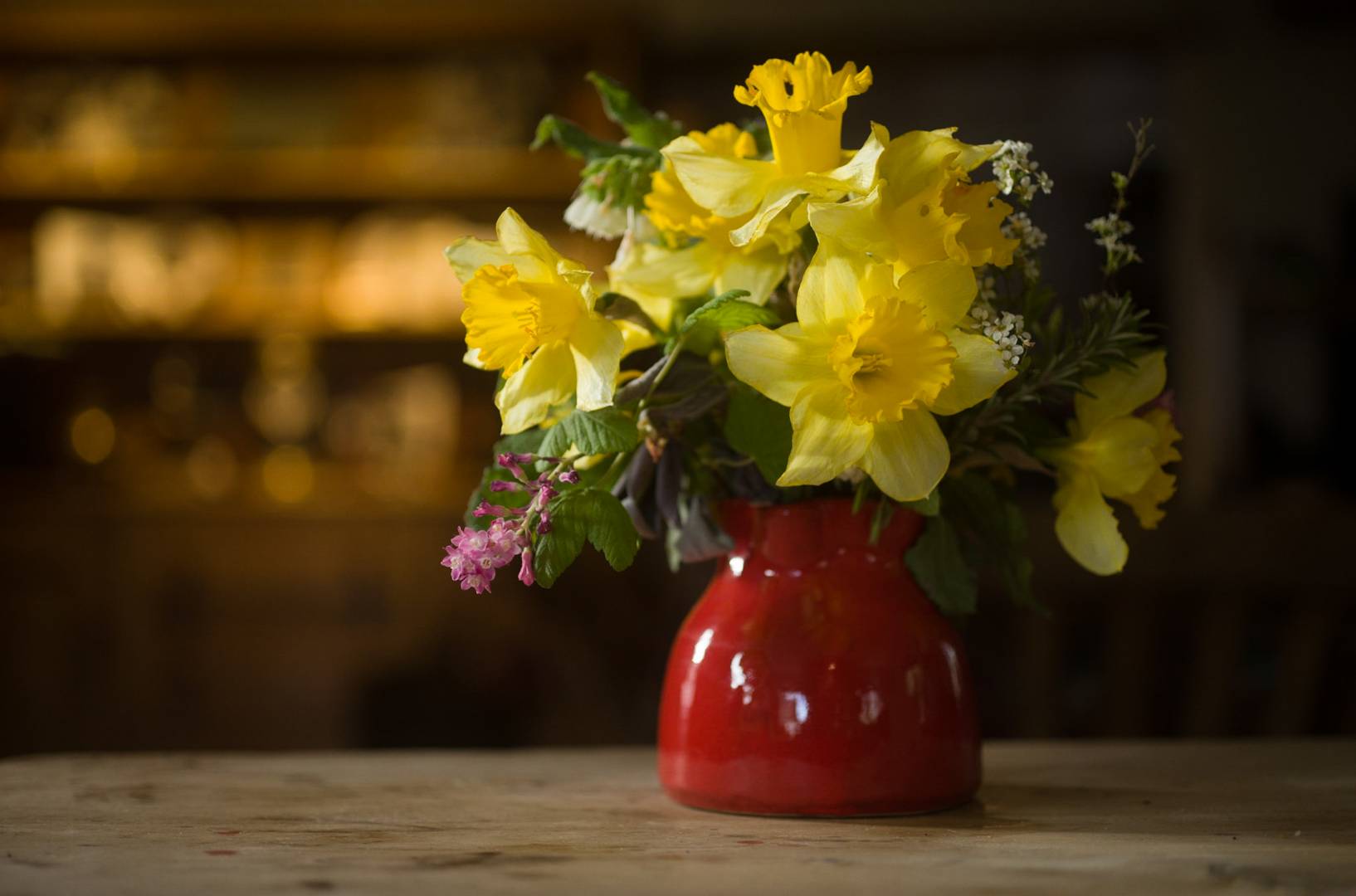
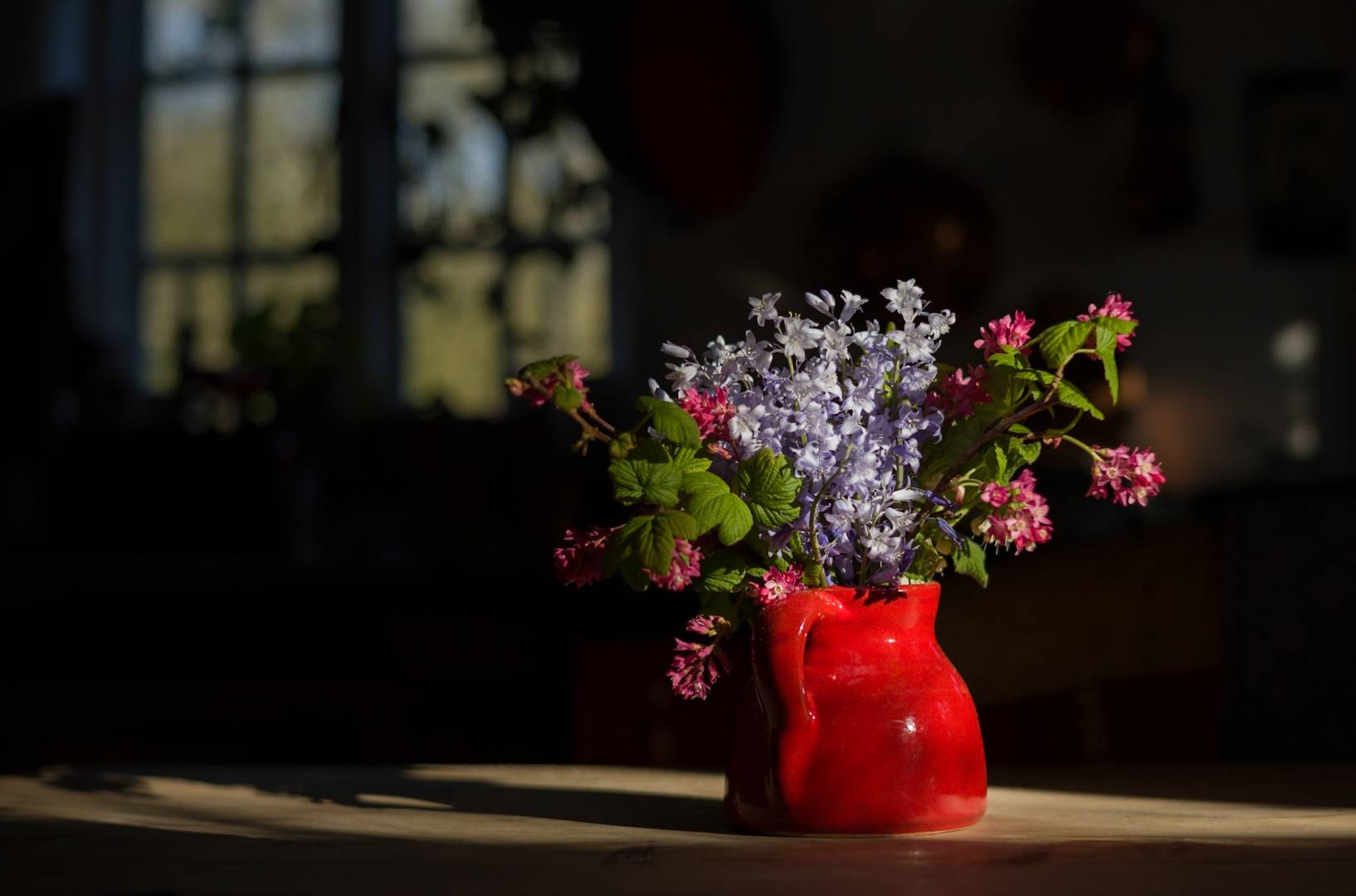
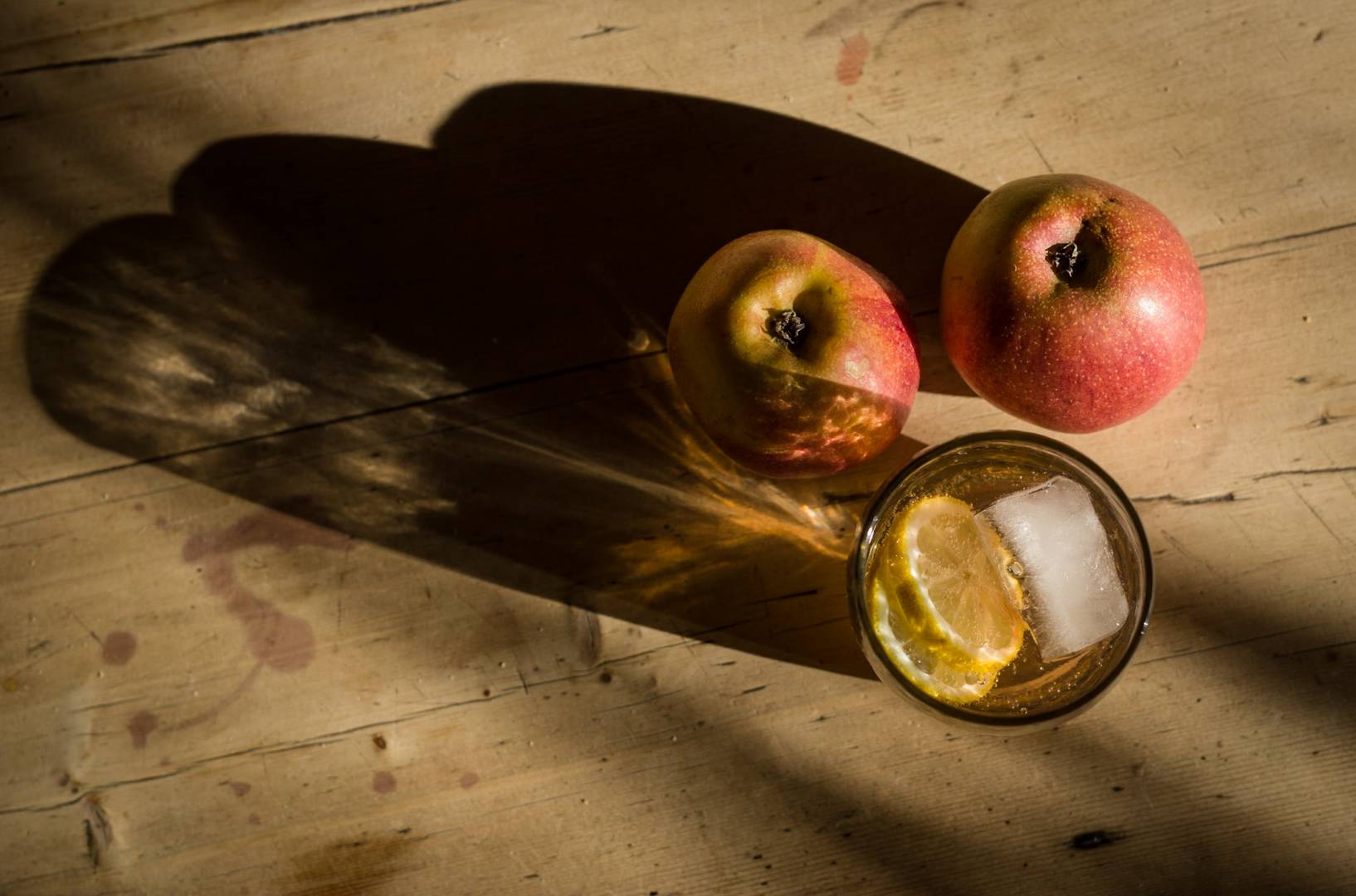





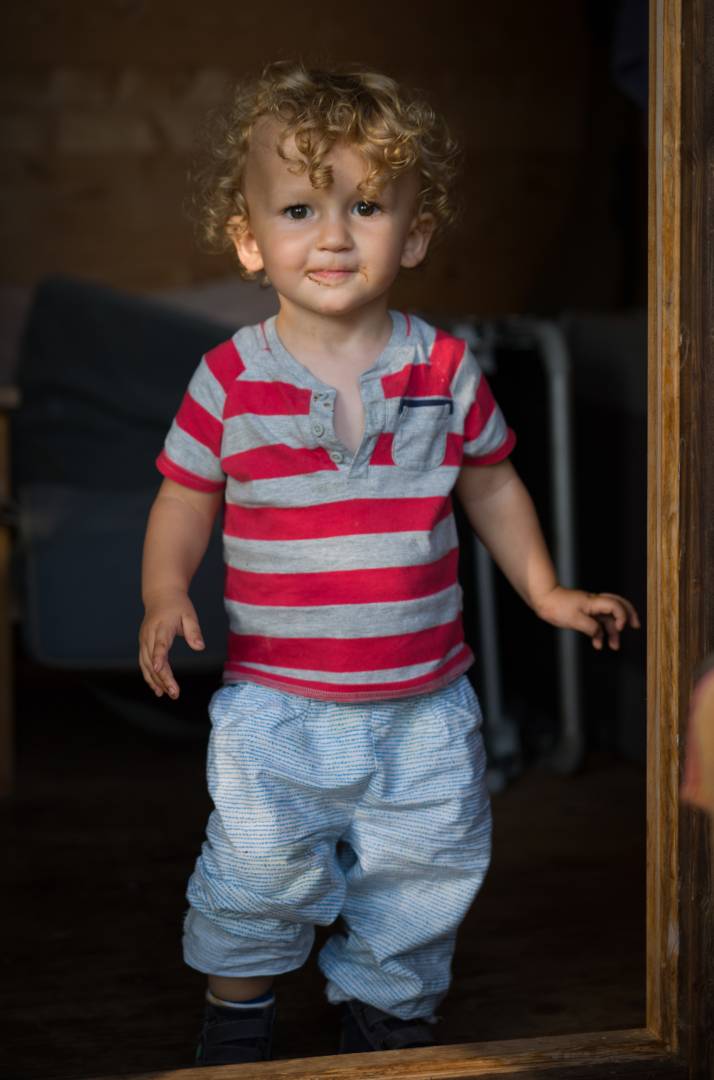


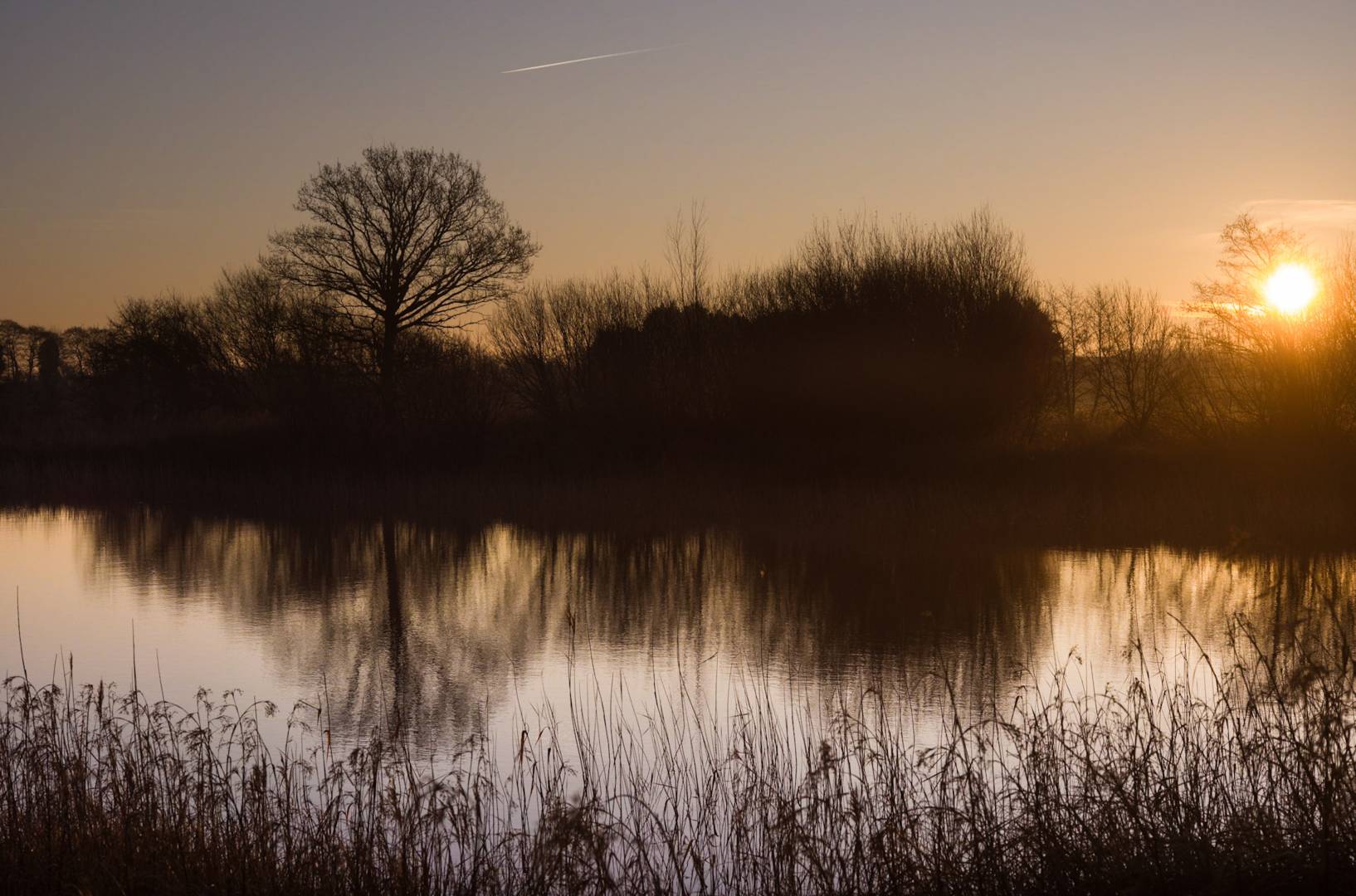
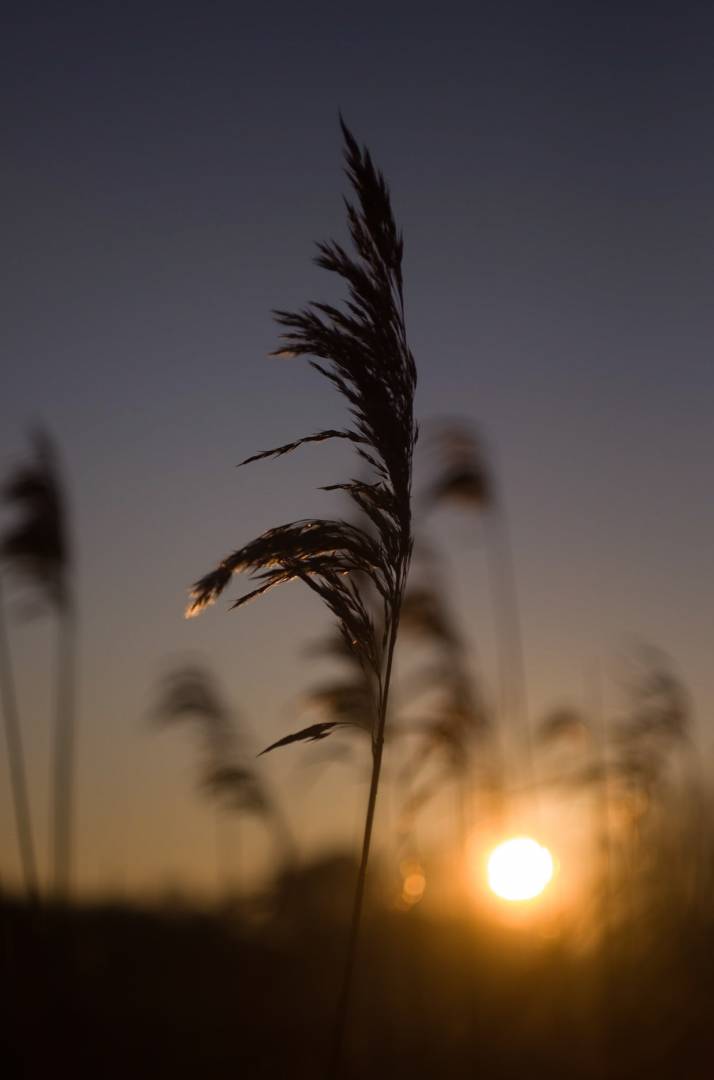
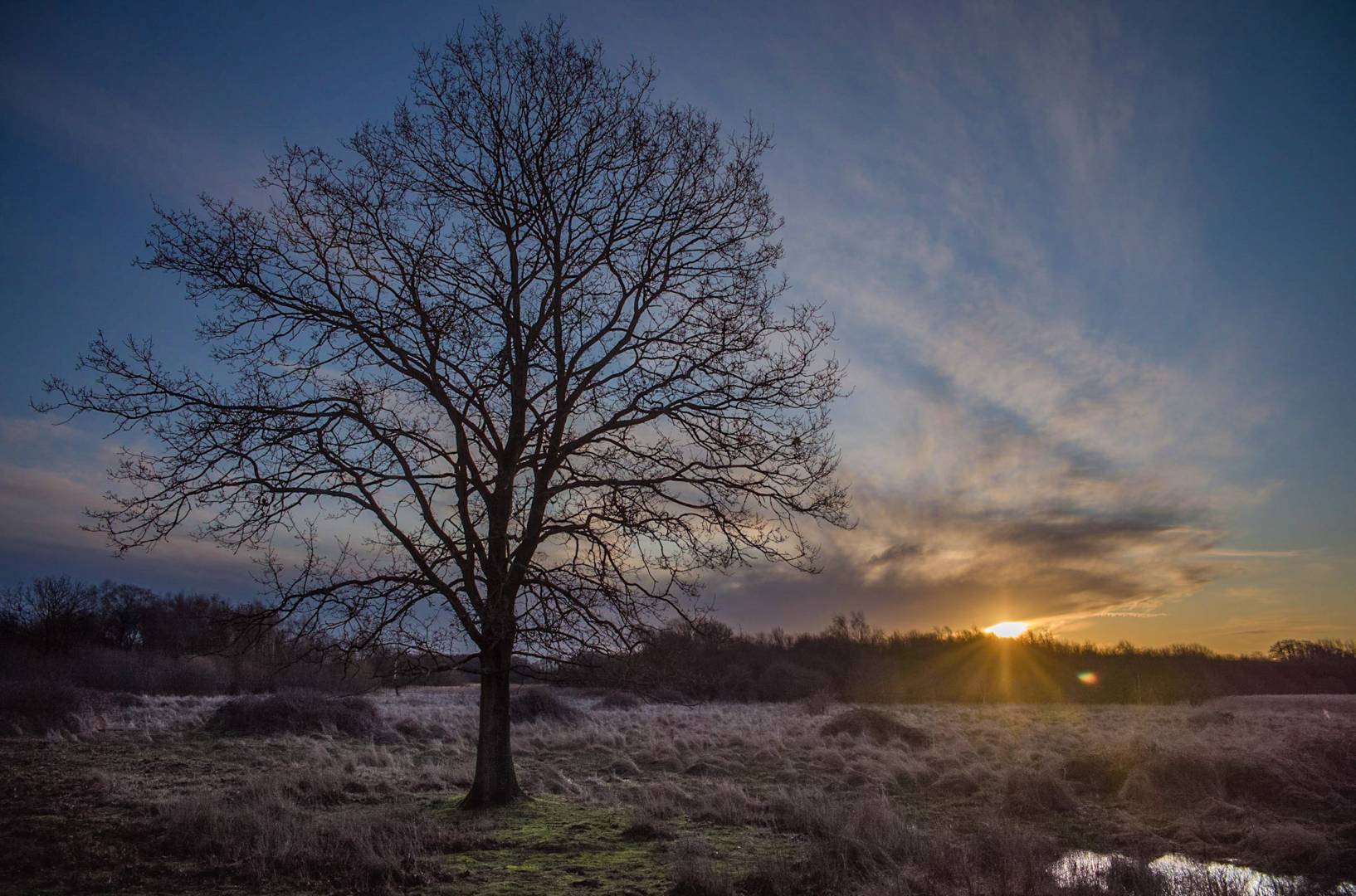
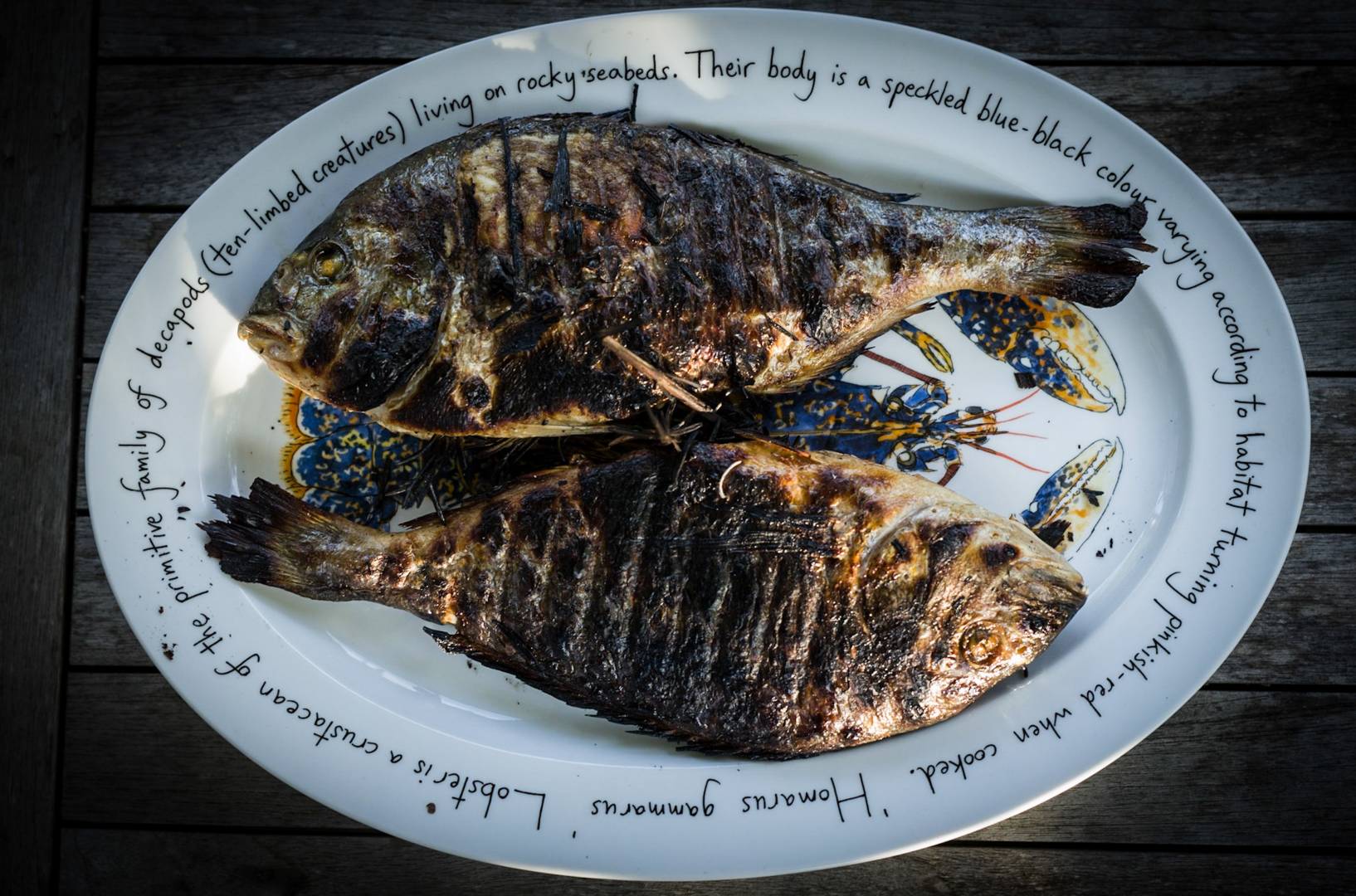
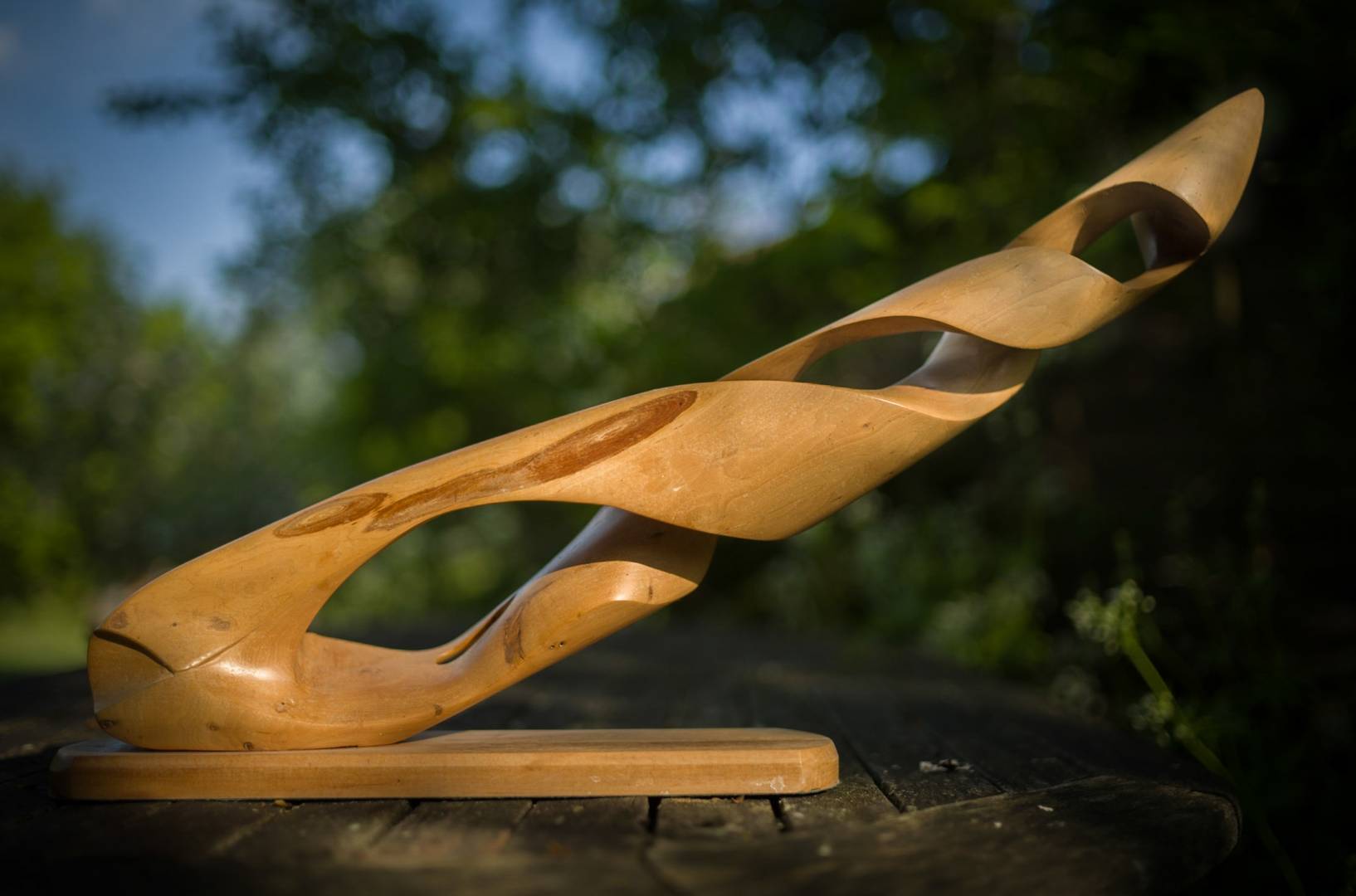


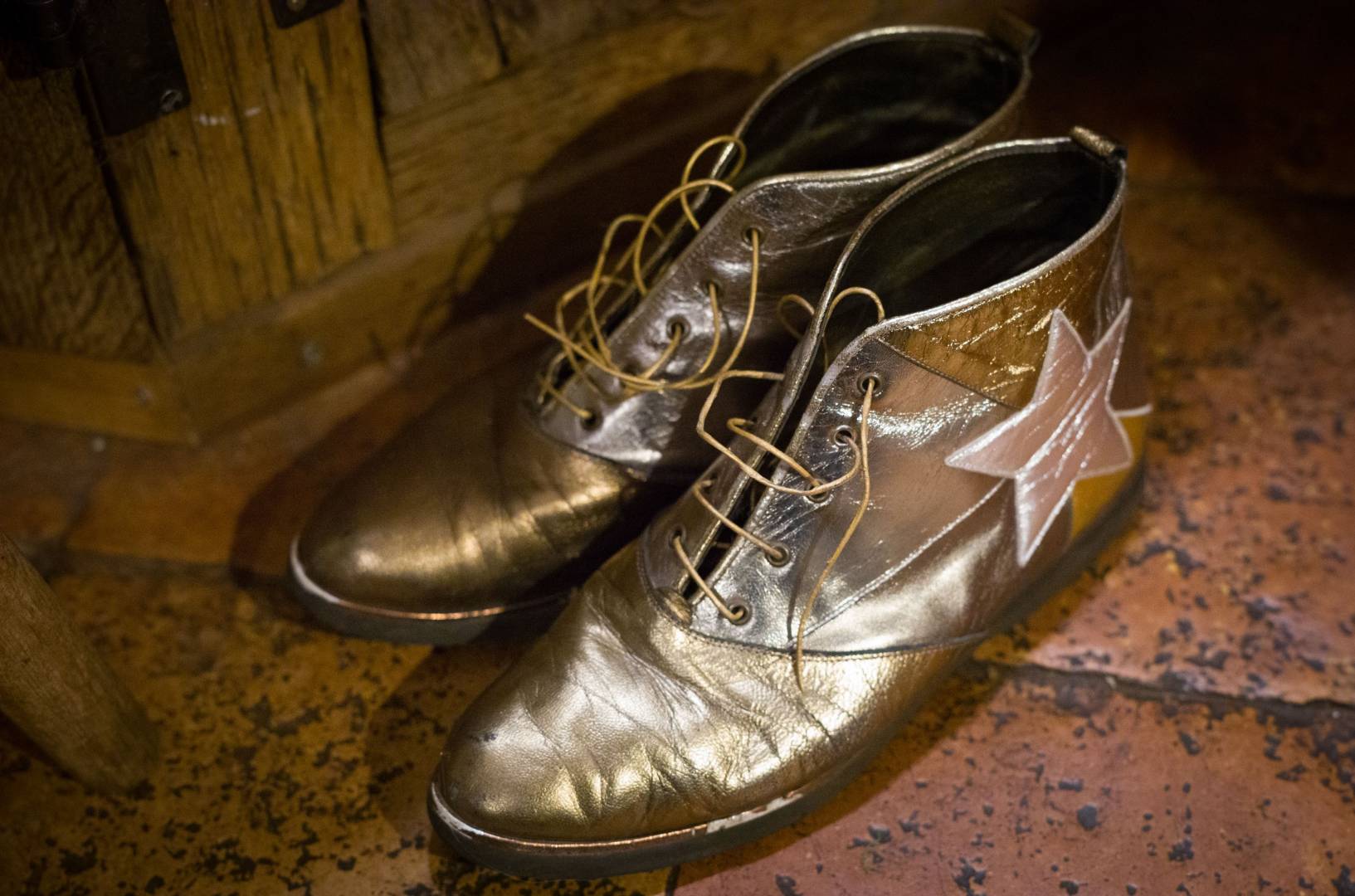
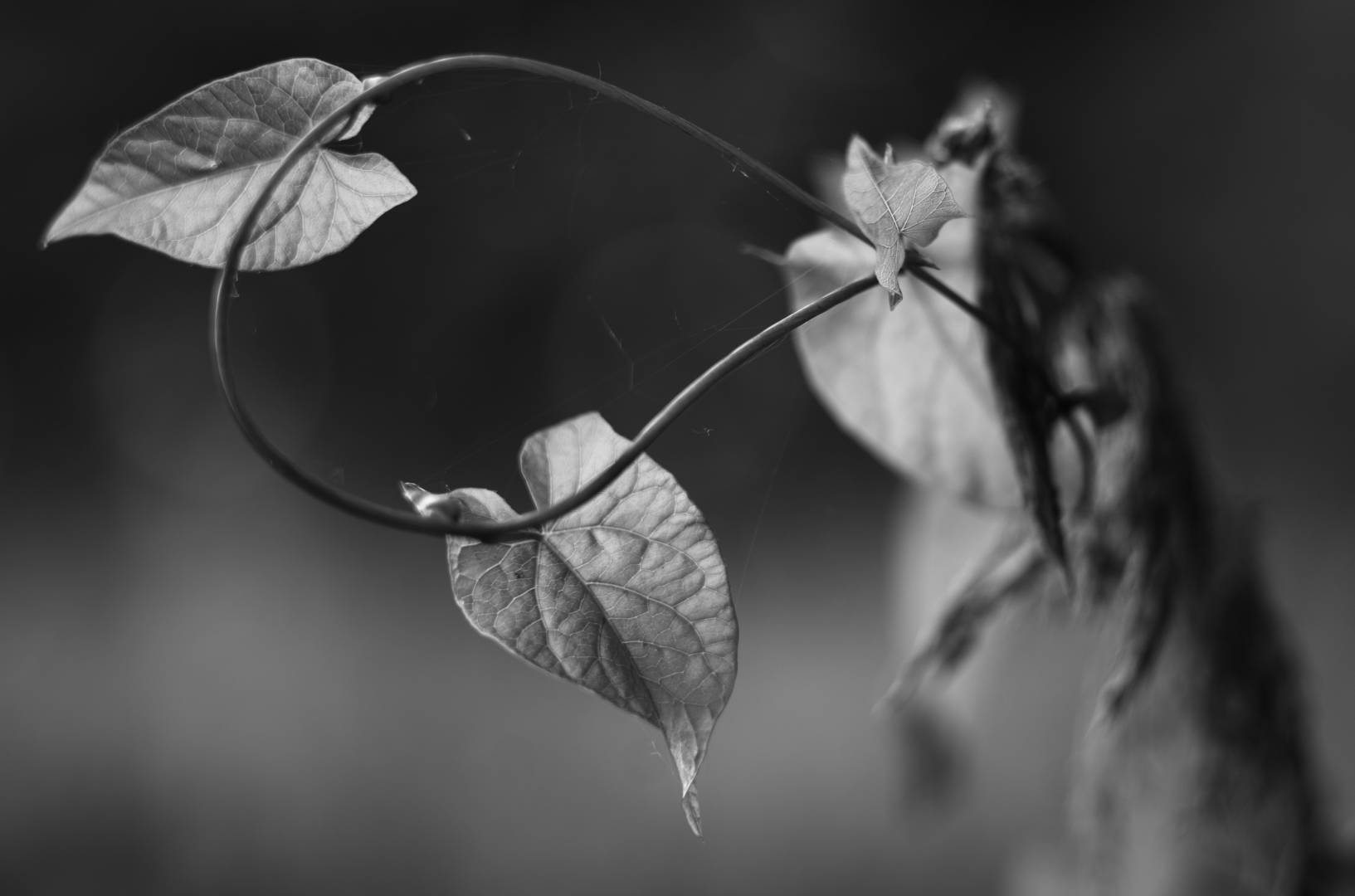
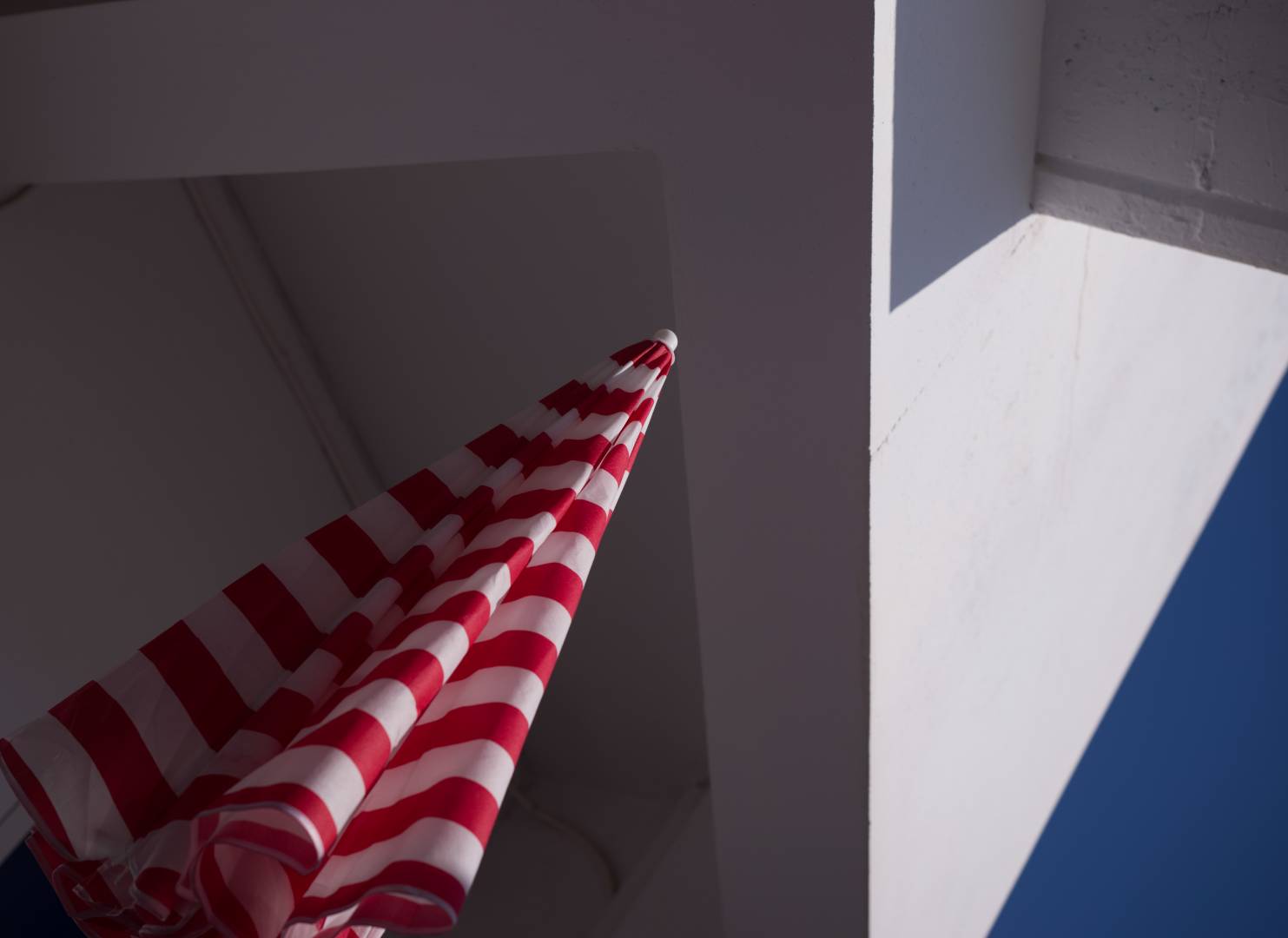
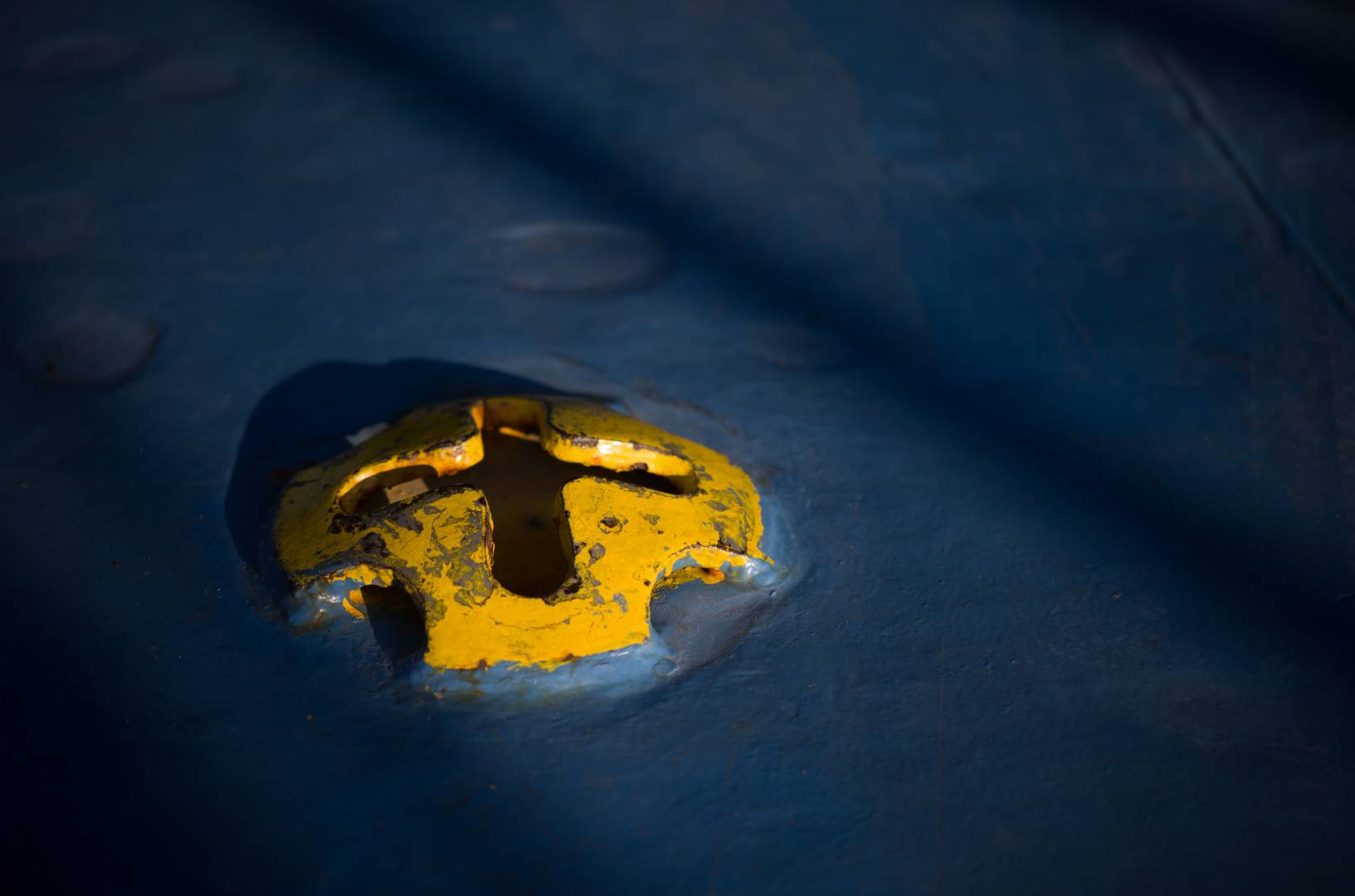
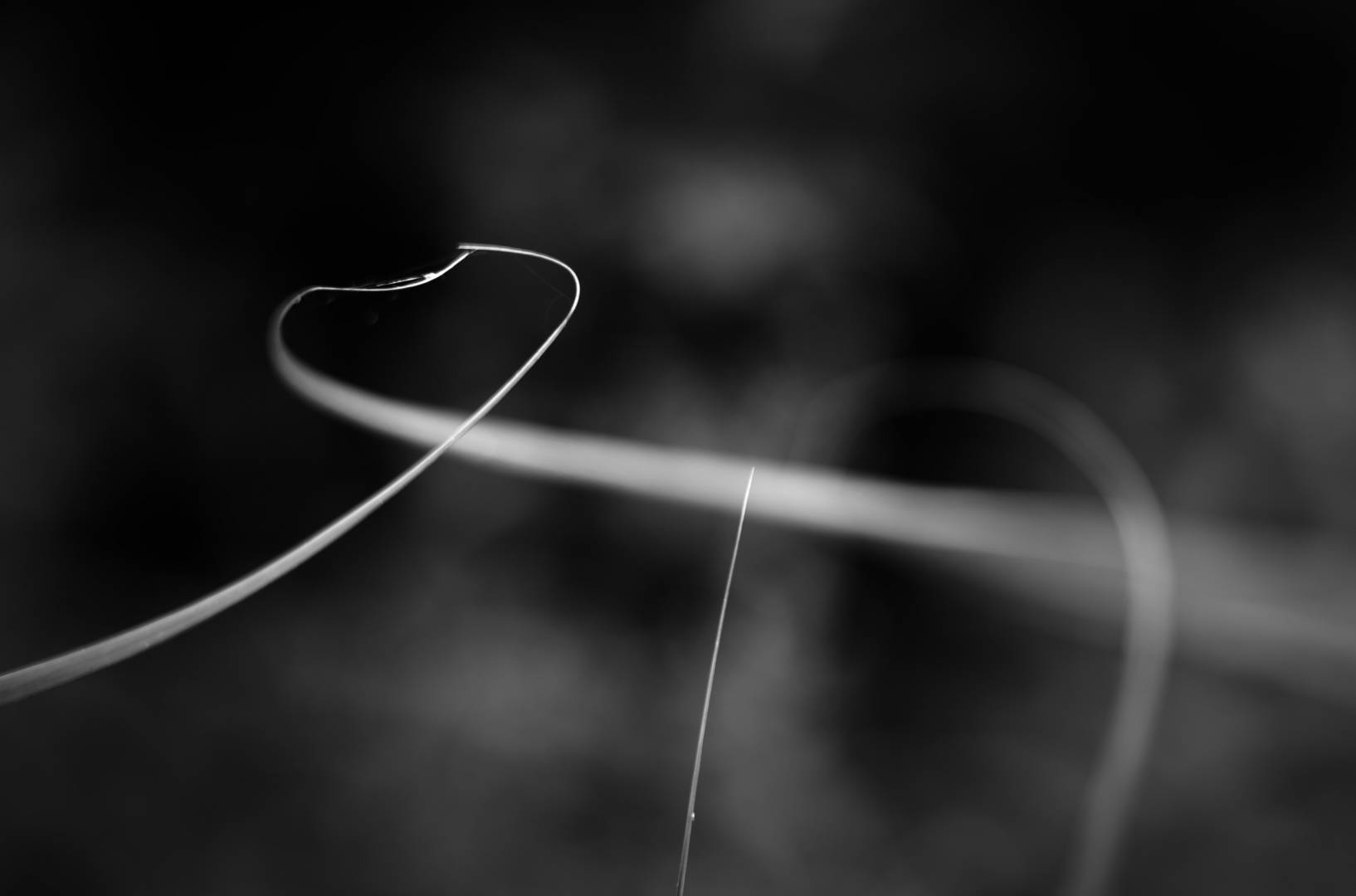

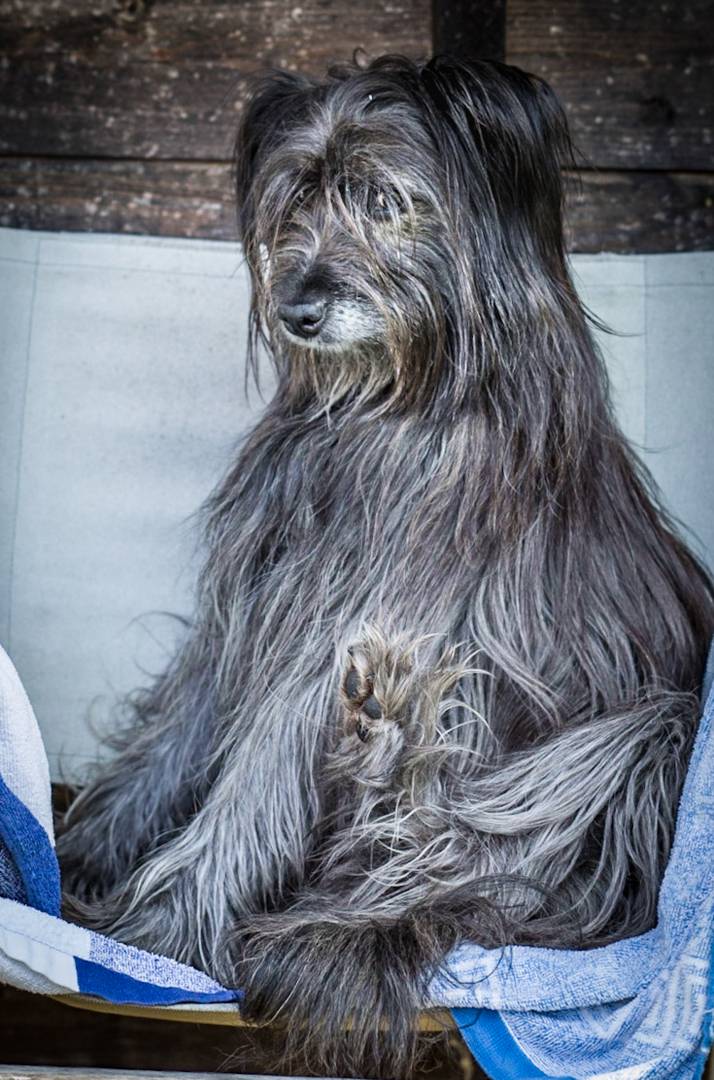





I’ve been offered a bnib M-10R for about 80% of the cost of an M11.
I own no M cameras at present but have owned M6,7 and 240.
Would you buy the 10R and save the money, or the M11?
Are the differences in spec meaningful to you?
Marcus if 80% if an M11 is £6k, please note I just bought a very gently used M11 for £5.5k retail. and they threw in a Visoflex2 though admittedly it has a tiny scratch on the screen like a bunch of lost pixels (but its fine for ‘free’). I’d hang on and buy an M11, I think it is an absolute cracker. Do read Jono Slack’s article on it elsewhere on Macfilos.
No secondhand M11 in NZ I’m afraid. It’s still hard to get a new one!
My biggest M11 concern is reliability. There are an awful lot of stories of problem cameras.
We have no repair facility in NZ so a broken M has to go back to Germany (a month shipping there and back plus at least a month in repair) and that is a concern.
Maybe its called the 10r because it is the last traditionel M body.
I also think that there is not much that could be improved on this without radical changes. If Leica comes up with something new maybe they will not even keep up counting (M11) but give it a complete new nomenklatur.
So yes, i might grab one M10r for myself. I like the tradional way of shooting.
Hi Jono
Great to read your review. A couple of questions:
1) what is the R like with older lenses from the 90s? I have 35,50 and 90 (the one introduced I m’79) Summicrons. Does the additional resolution come through, and what are the possible side effects?
2) I have a M9 and RAW files are 18mp each. What is the size of an R file?
Thanks
John
I had no idea the 50mm Apo-Summicron Aspherical f2 could focus that close on an M body.
How did you do that? it’s a crop, right? I guess that’s the benefit of those extra pixels.
Hi There Stephen
Yes it’s a crop – you can get down to 0.7m with the 50 APO
From my first impression colours look amazing second look sensor
Looks Sony like with Leica colours no vibe good picture but lacking
Substance and you usually deliver vibe I’ll stick with my SL m9 mono
M10 . I thought when you shot the q2 it had more substance but what do I know I’m just an old hack and thanks great reviews great photography
Donai,
I’ve yet to see anybody make the comments you’ve made here. Since the SL2 was released and now the M10R, I’ve been saying that there’s something entirely different about the color rendering. The Q2 is far more appealing yet is similar to every M up to the R providing that iconic Leica look. As a very fortunate owner of the M10, M10P M10M, I’m entirely surprised just how far they have chosen to go to fall into that “me-too” category of HR like images similar to Sony. I do hope they bring back those colors with an M11 somewhere down the road. I know you can certainly get any look you want through post-processing, but I’ve always loved what comes out of my digital M series cameras.
Hi Jono, your usual competent review. I think I will stay with the brilliant ccd sensored M9 and the SL2. What more could I want? Oh, maybe a Monochrom would be nice!
Ok is the first photo Sgt Peppers lonely hearts club band? I think to me a non m user I would go for the SL2 or one. You always explain things so wonderfully it’s a treat to read your articles. I always learn from your writings and LEICA is lucky to have you. Thank you
Thank you John – what a nice thing to say!